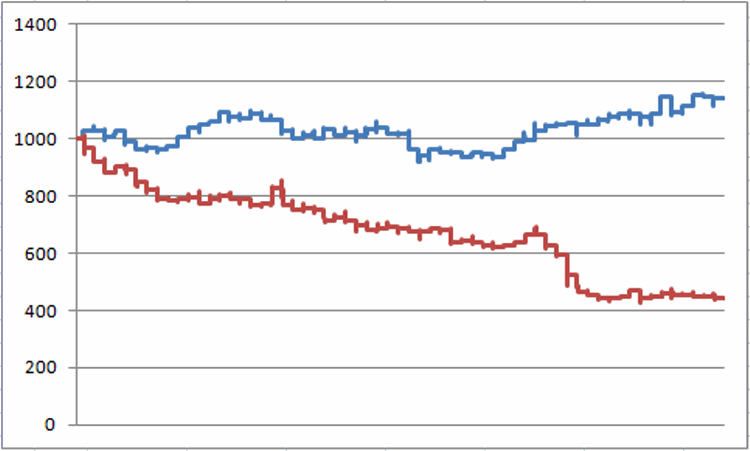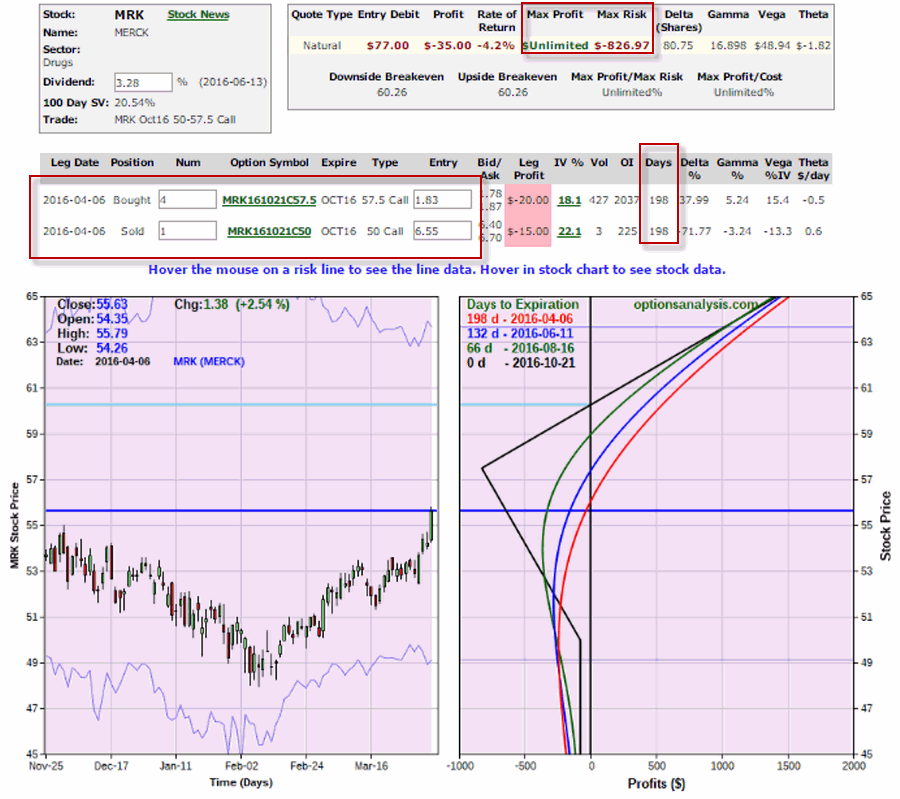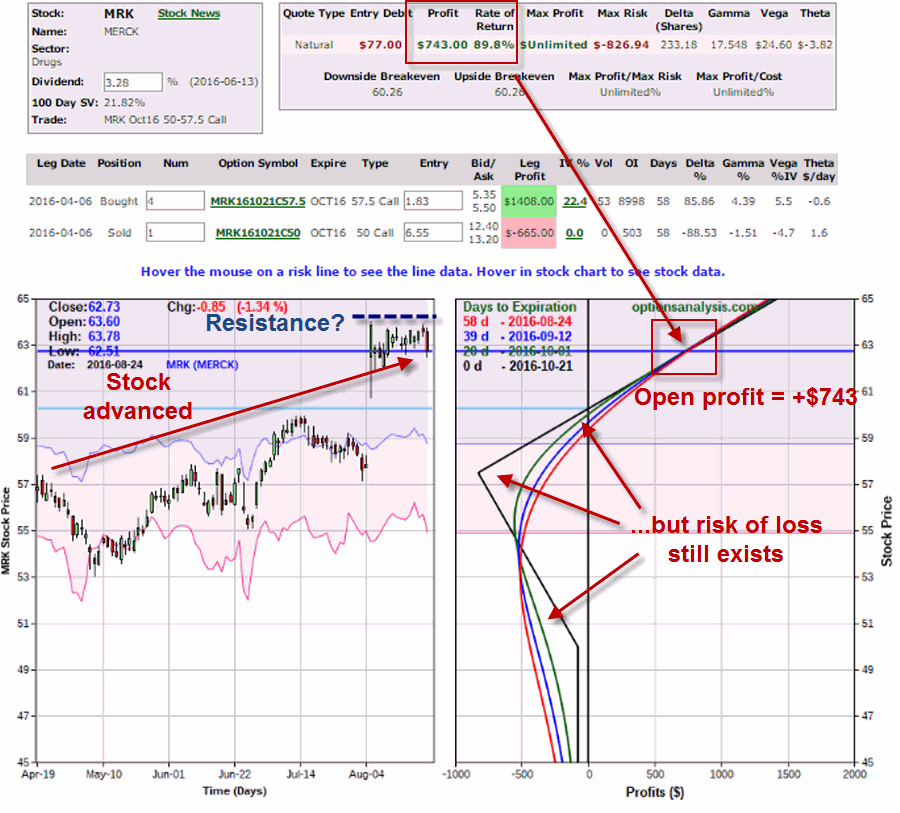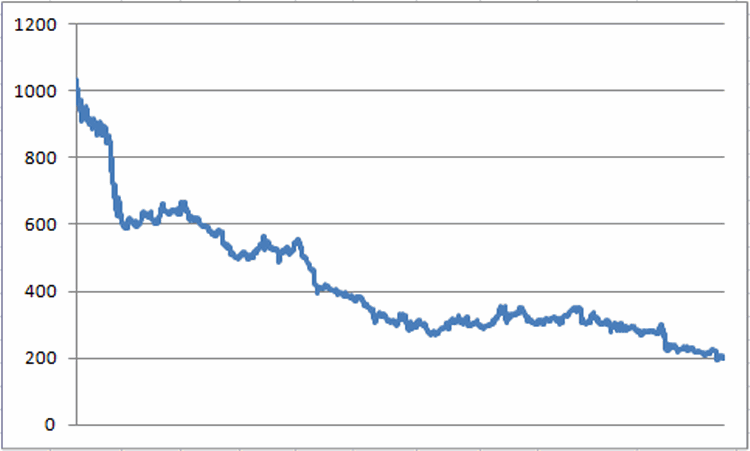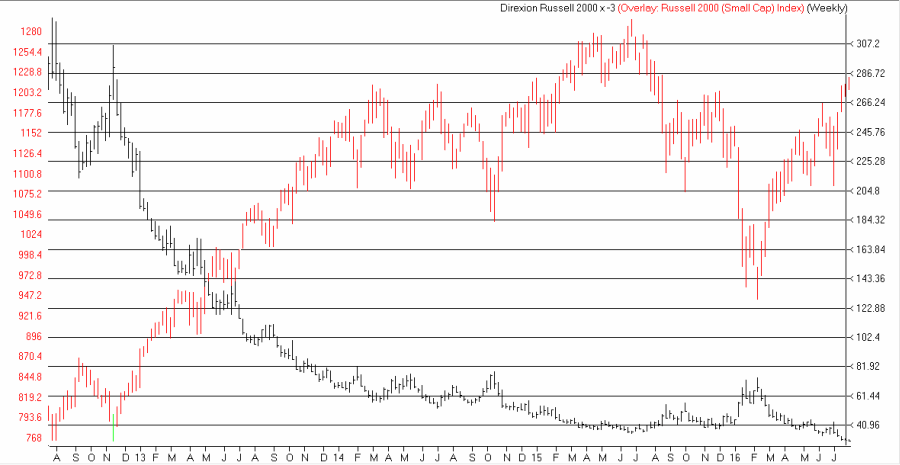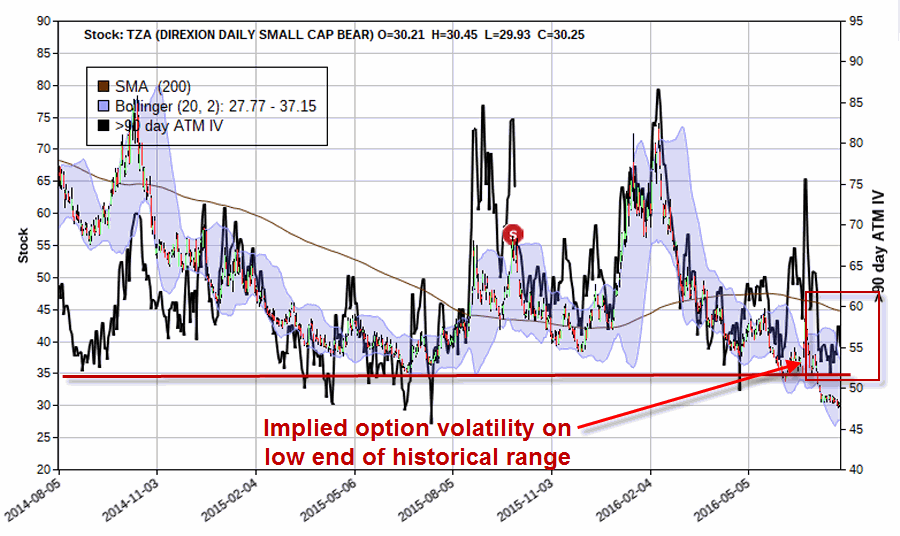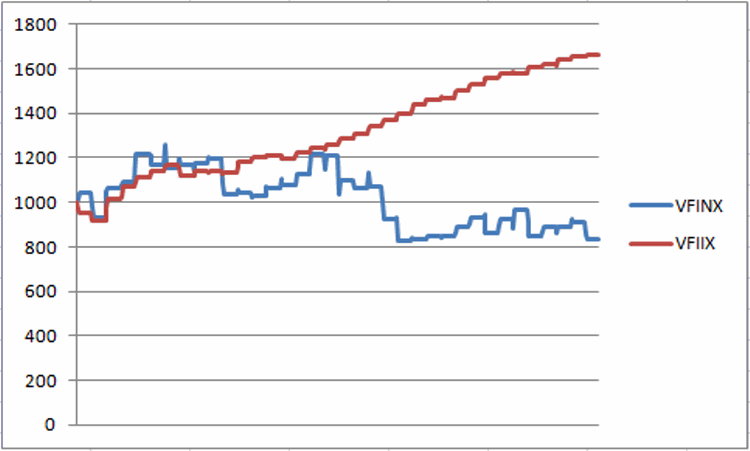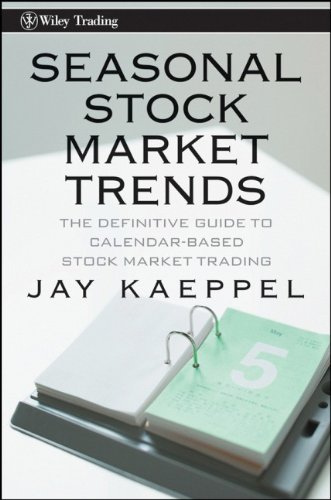I’ve written a few pieces (here and here) that suggest that caution may be in order between now and the end of October. For the record:
*A lot of people whose commentary I read seem to be suggesting the same thing (from a contrarian point of view this would be deemed “bullish”)
*All of my the trend-following stuff I follow for the stock market is also still bullish
So despite my general misgivings for the most part I have to respect the current trend. Given all of this, it would seem like it is not a good time to hedge against a stock market decline….
….Which of course – markets being what they are – is often the very best time to hedge against a stock market decline.
So let’s look at one of my favorite strategies for hedging against a market decline.
The OTM Butterfly Spread
I first learned the “Out-of-the-Money Butterfly Spread” as “The Garbage Trade” from Gustavo Guzman who I used to work with at Optionetics. The idea is to spend “a couple of bucks” to hedge against an extremely adverse event. So let’s look at a current example using put options on ticker QQQ – the ETF that tracks the Nasdaq 100 Index.
(Option traders: If you want to use the option trading software that I use please see the 50% discount offer for JayOnTheMarkets.com readers by clicking here)
The example trade in mind goes as follows:
*Buy 30 QQQ December 112 puts
*Sell 60 QQQ December 107 puts
*Buy 30 QQQ December 102 puts
Figure 1 displays the particulars for this trade. Figure 1 – December QQQ OTM Butterfly Hedge (Courtesy www.OptionsAnalysis.com)
Figure 1 – December QQQ OTM Butterfly Hedge (Courtesy www.OptionsAnalysis.com)
A few notes:
*We purposely chose to use November options so that we could hold the position (if desired) through the end of October.
*The maximum risk is $990 and the maximum profit it $14,006. However, this maximum profit would only be realized if this trade was held until November expiration and QQQ on that date closed at exactly $107 a share.
So let’s take a closer look at “where this trade really lives”.
*Specifically, what kind of profit or loss will this hypothetical position generate between now and the end of October is QQQ rallies to a new high, or breaks down 2 full standard deviations in price.
The answers to these questions appear in Figures 2 and 3.
*The top price on the chart is $121 a share for QQQ (which would represent a breakout to new highs)
*The bottom price on the chart is $105 a share for QQQ (which would represent a 2 standard deviation move down)
*The purple line risk curve represents the expected return as of 10/31/2016 (i.e., 18 days prior to November option expiration) Figure 2 – December QQQ OTM Butterfly Hedge (Courtesy www.OptionsAnalysis.com)
Figure 2 – December QQQ OTM Butterfly Hedge (Courtesy www.OptionsAnalysis.com)
 Figure 3 – December QQQ OTM Butterfly Hedge (Courtesy www.OptionsAnalysis.com)
Figure 3 – December QQQ OTM Butterfly Hedge (Courtesy www.OptionsAnalysis.com)
A few notes:
*If QQQ breaks out to new high then a loss of between roughly -$275 (if price breaks out sooner than later and we decide to cut our loss) and -$880 (if we decide to hold on until the end of October
*If QQQ breaks 1 standard deviation to roughly $111.74, this trade would generate a profit of $1,036 to $2,250, depending on how soon that price is hit.
*If QQQ breaks 2 standard deviations to roughly $105.32, this trade would generate a profit of $2,000 to $4,600, depending on how soon that price is hit.
From a “position management” point of view it should be noted that if QQQ drops below $107, the risks curves start to “roll over” and profits become smaller. So a person holding this position must stand ready to take a profit or adjust the trade if in fact QQQ breaks down hard.
(Option traders: If you want to use the option trading software that I use please see the 50% discount offer to JayOnTheMarkets.com readers by clicking here)
Summary
Should you rush out and enter this trade? Not necessarily. Particularly if you are new to options trading. The position discussed here is n “example” and not a “recommendation.” The real point here is not to “recommend” this particular trade but rather to open your eyes to a relatively simply and relatively inexpensive, limited risk way to hedge against potentially adverse events.
Just, you know, in case.
Jay Kaeppel
